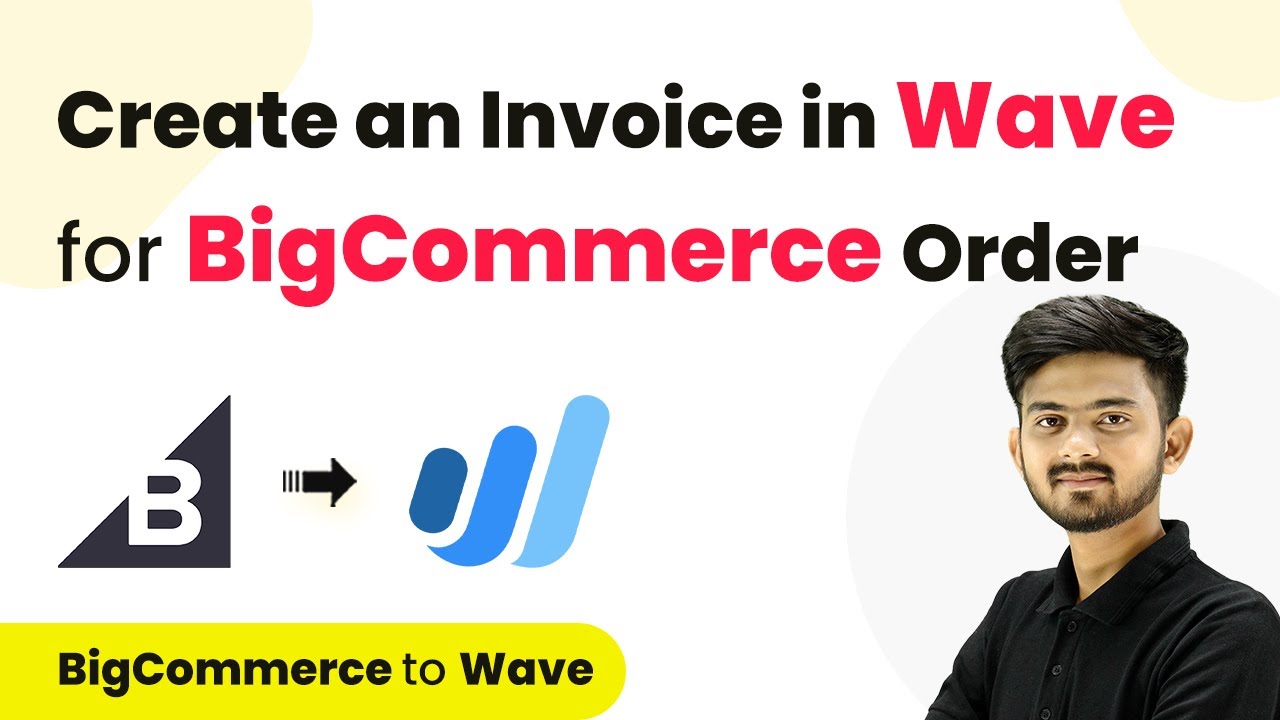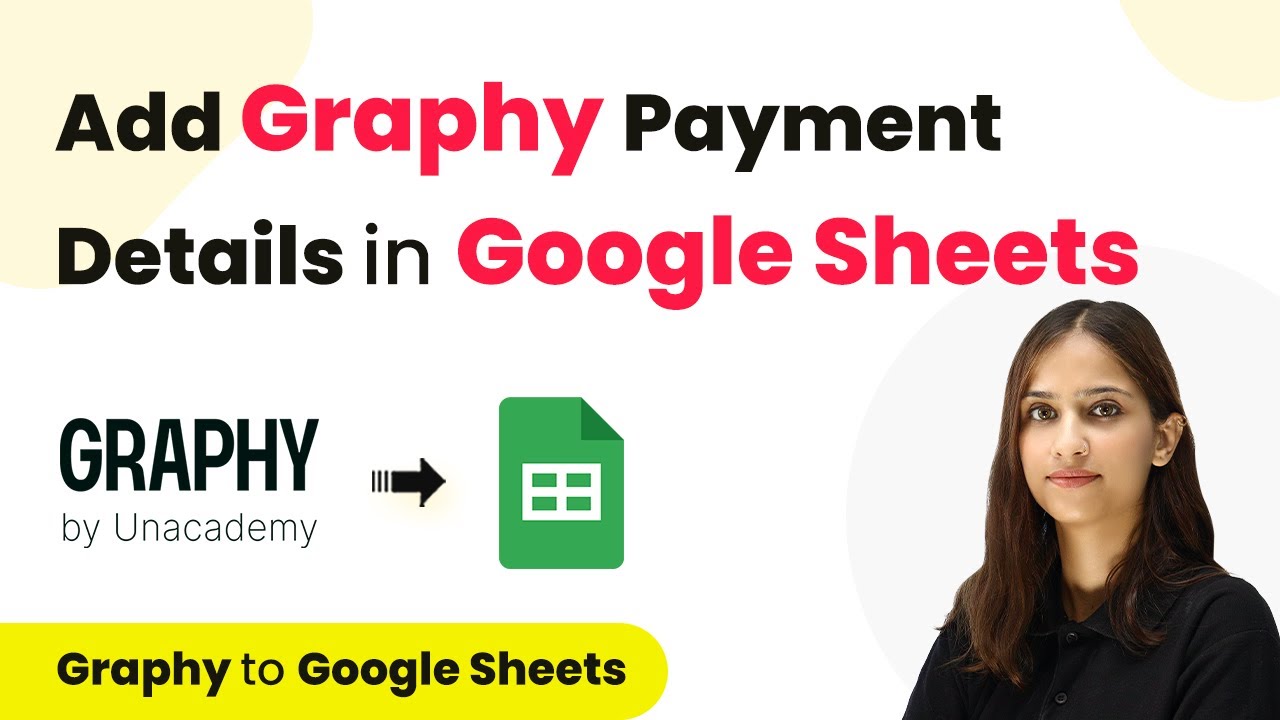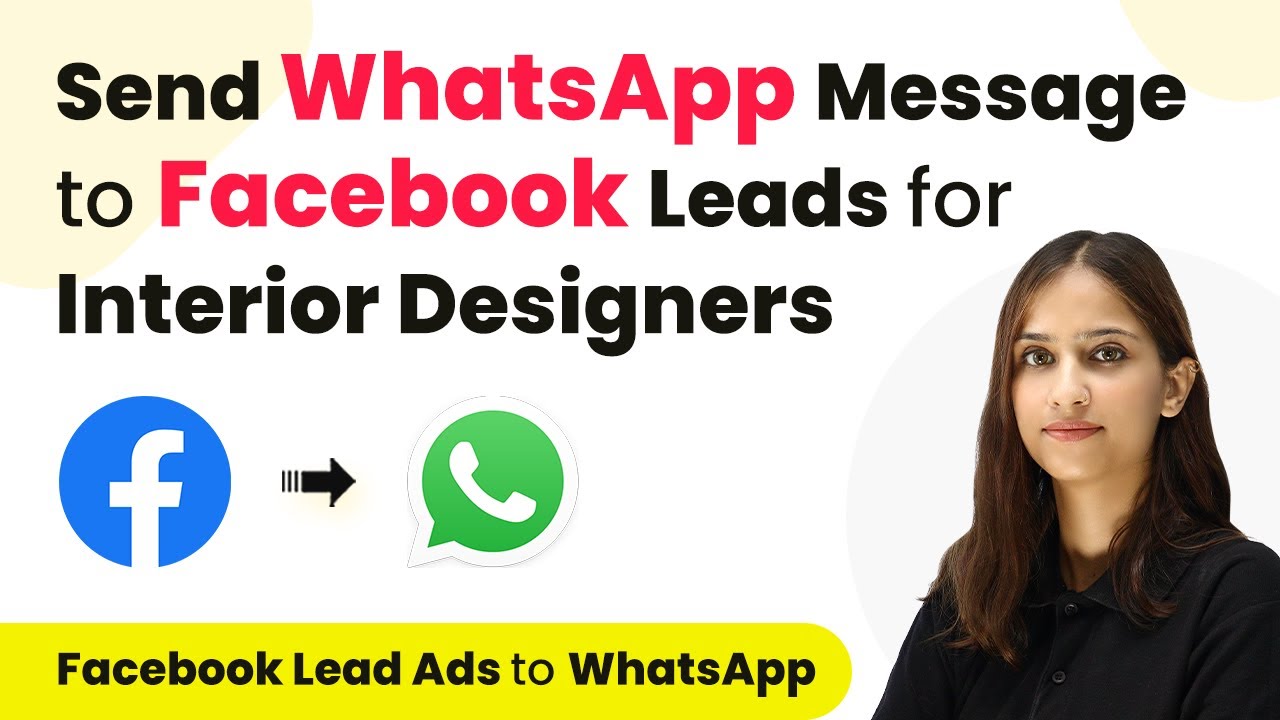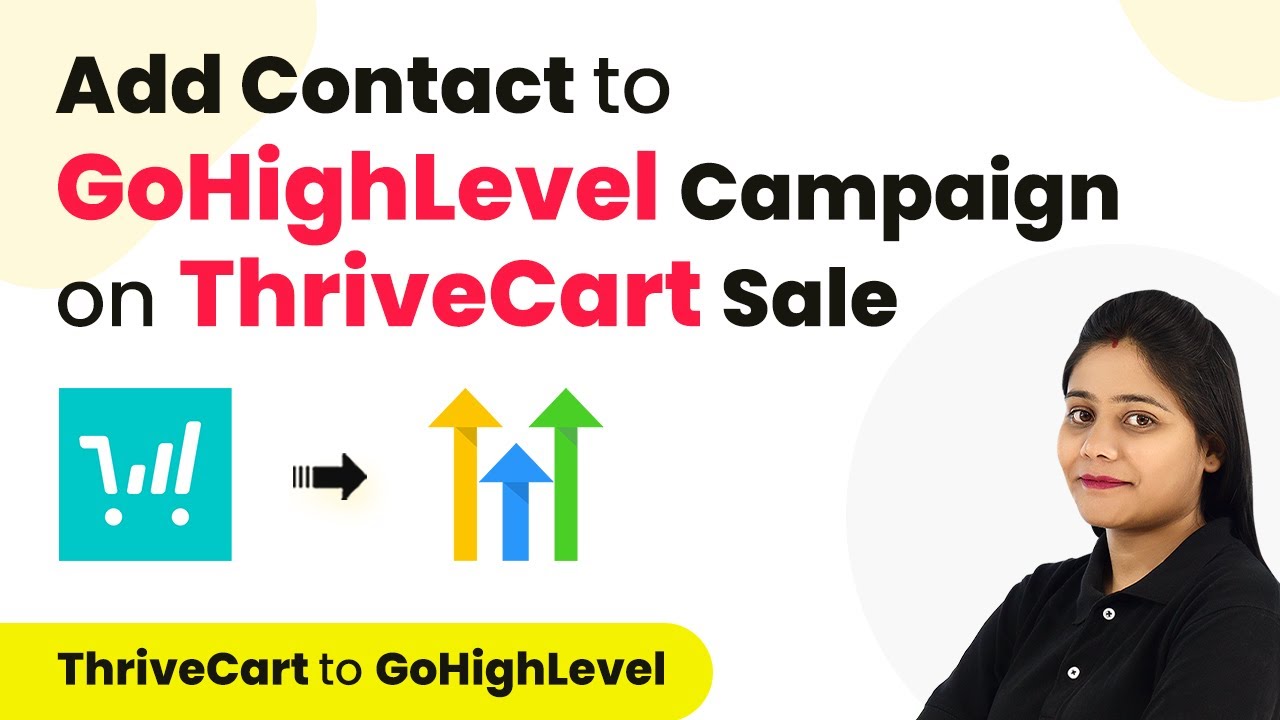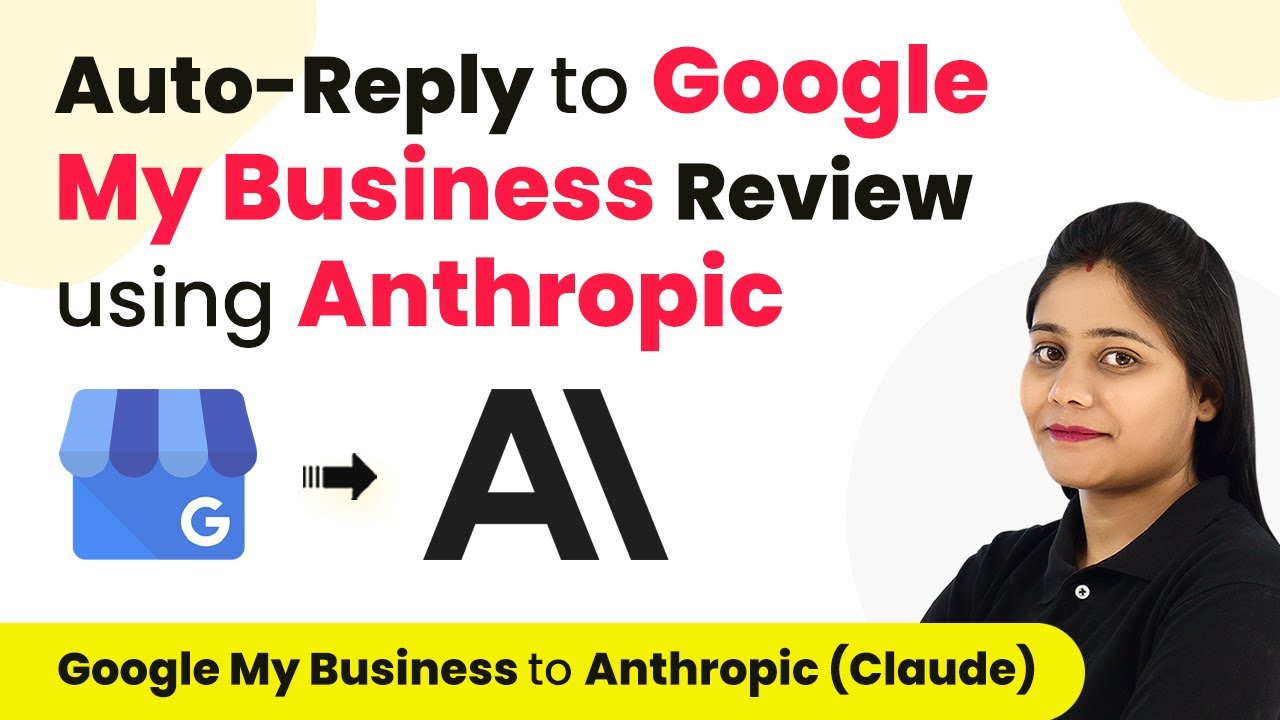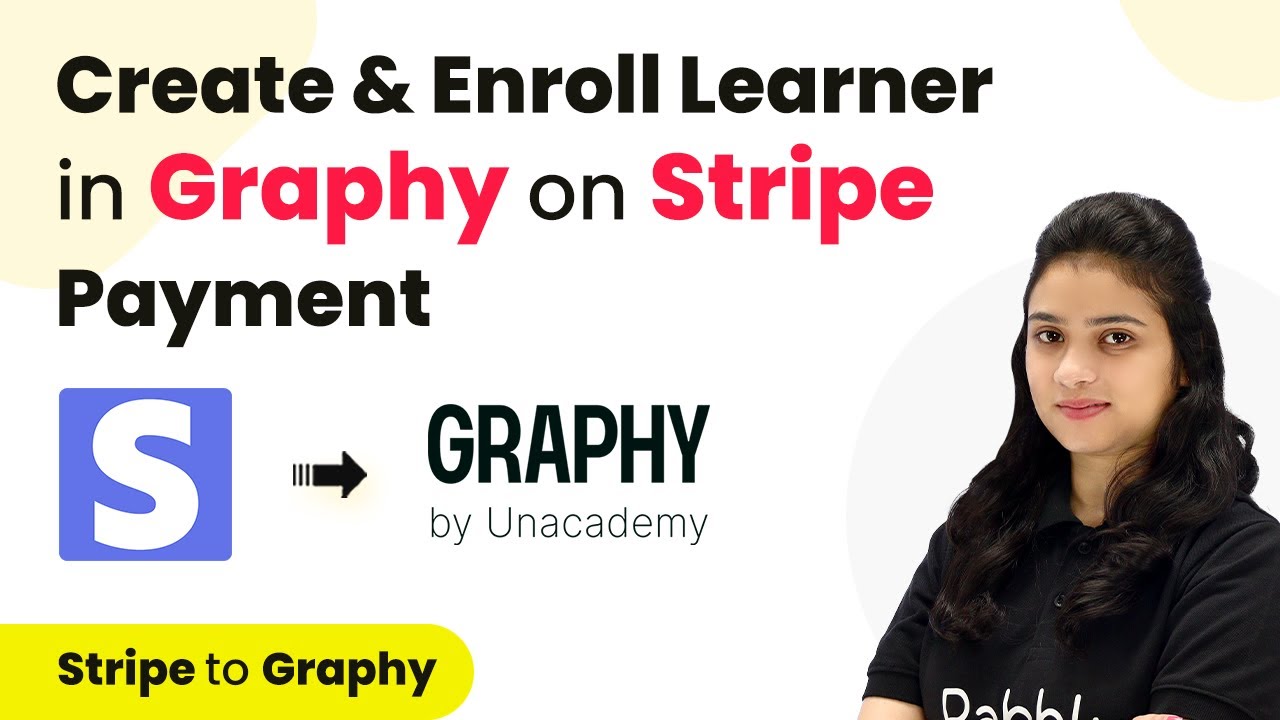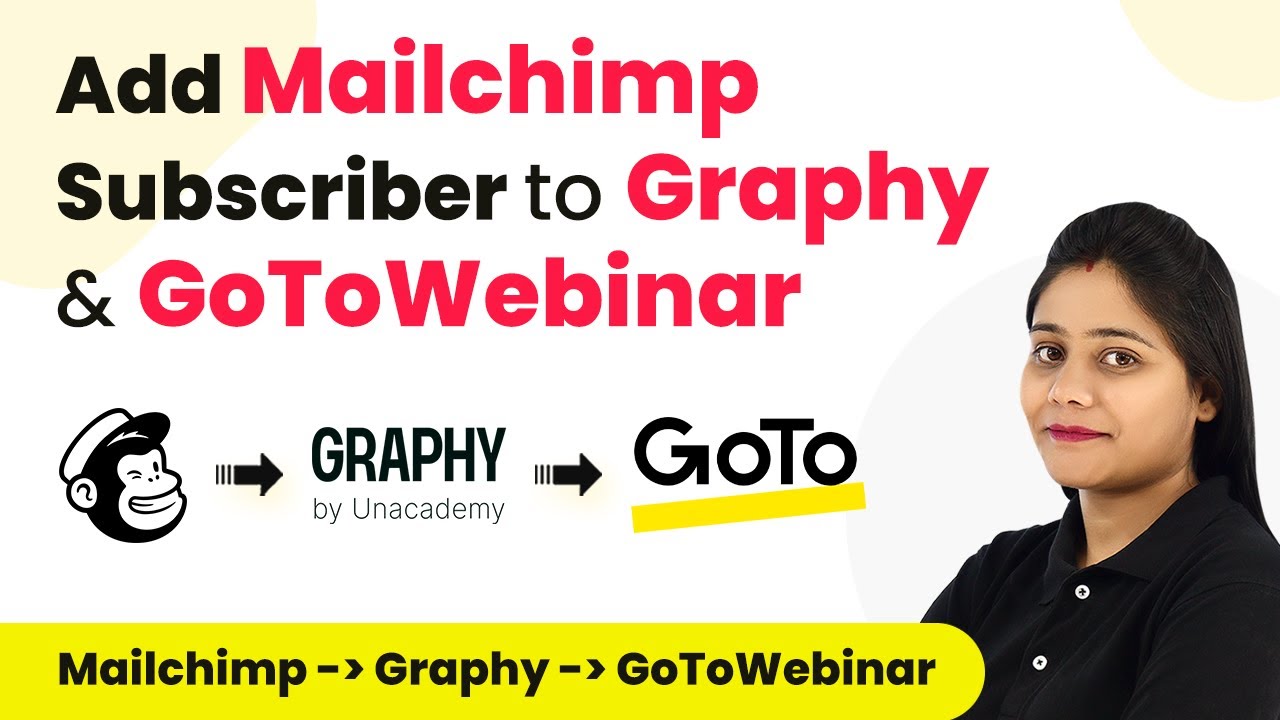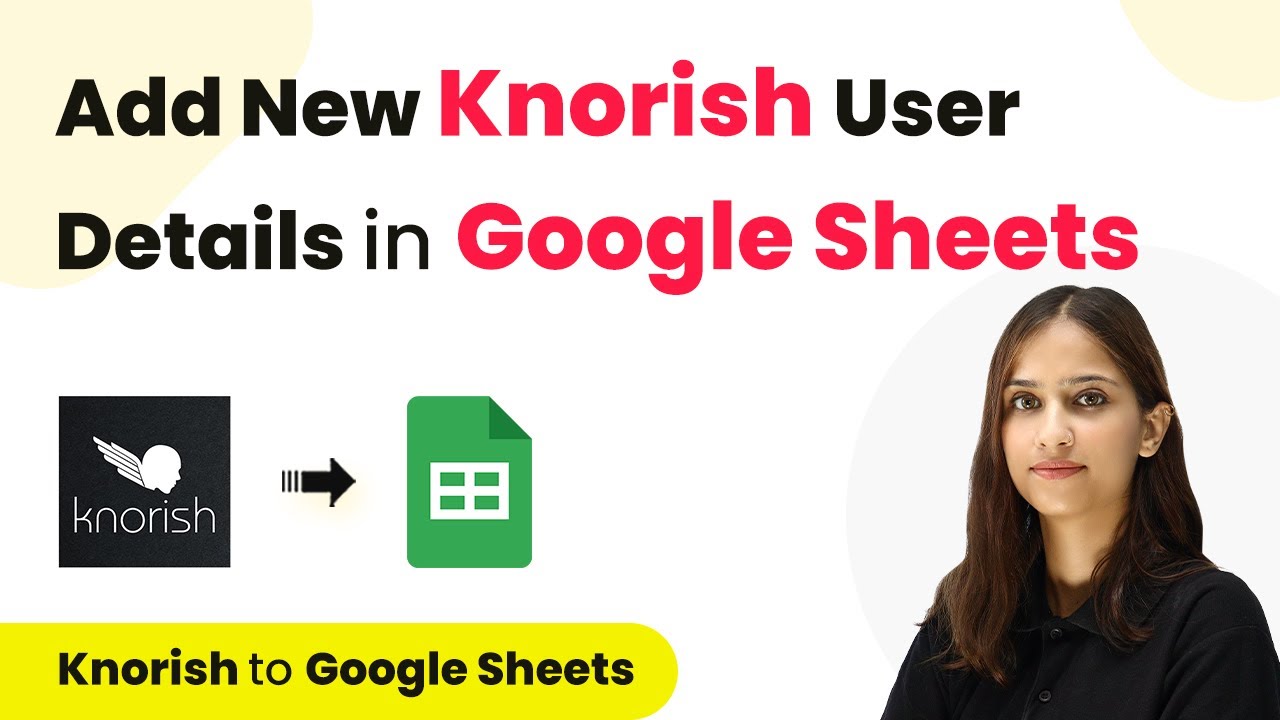Learn how to integrate Nish users automatically using Pabbly Connect with Jotform submissions. Follow this detailed tutorial for seamless automation. Transform complex automation concepts into accessible, actionable steps that eliminate unnecessary manual work while maximizing existing application capabilities.
Watch Step By Step Video Tutorial Below
1. Accessing Pabbly Connect for Integration
To begin integrating Nish users, the first step is to access Pabbly Connect. This powerful integration platform allows you to automate workflows between applications seamlessly. If you don’t have an account, you can create a free one on the Pabbly Connect website in just a few minutes.
Once logged in, navigate to the dashboard where you will find options to create new workflows. This is where you will set up the automation that connects Nish with other applications like Jotform.
2. Creating a Workflow in Pabbly Connect
In this section, you will create a workflow to automate user creation in Nish using data from Jotform submissions. Start by clicking the blue button labeled ‘Create Workflow’ in Pabbly Connect. You will need to name your workflow, for example, “Create Nish User from Webhook Response.”
- Click on the folder where you want to save the workflow.
- Select the trigger application (Jotform) and the action application (Nish).
After naming your workflow, you will see two boxes labeled as trigger and action. The trigger is the event that starts the automation, while the action is what happens as a result. Choose Jotform as the trigger and Nish as the action to proceed.
3. Setting Up the Webhook in Jotform
To receive user data from Jotform, you need to set up a webhook. In Pabbly Connect, copy the generated webhook URL. This URL will be used in Jotform to send submission data.
Open Jotform and navigate to the form you want to use. Go to the Settings option, then click on Integrations. Search for Webhook and paste the copied URL into the designated field. Complete the integration by clicking the ‘Complete Integration’ button.
4. Testing the Webhook Submission
Once the webhook is set up, it’s time to test if the connection is working. Make a test submission on the Jotform you configured. For example, fill in the form with dummy data such as a first name, last name, email, and phone number.
After submitting the form, check Pabbly Connect for the webhook response. You should see the submitted data reflected in the webhook response details, confirming that the integration is functional.
5. Creating a User in Nish
With the webhook successfully capturing data, the next step is to create a user in Nish. In Pabbly Connect, select the action event as ‘Create User’ and connect it to your Nish account by providing the necessary credentials like the website URL and API key.
Map the fields from the webhook response to the required fields in Nish, such as first name, last name, and email. This mapping ensures that every new submission creates a user automatically in Nish with the correct details.
Finally, click on the ‘Save’ button and send a test request. If successful, you will see the new user created in Nish, confirming that the entire process has been automated effectively using Pabbly Connect.
Conclusion
This tutorial has outlined how to use Pabbly Connect to automate the creation of Nish users from Jotform submissions. By following these steps, you can streamline your user management process and enhance your automation capabilities.
Ensure you check out Pabbly Connect to create business automation workflows and reduce manual tasks. Pabbly Connect currently offer integration with 2,000+ applications.
- Check out Pabbly Connect – Automate your business workflows effortlessly!
- Sign Up Free – Start your journey with ease!
- 10,000+ Video Tutorials – Learn step by step!
- Join Pabbly Facebook Group – Connect with 21,000+ like minded people!

